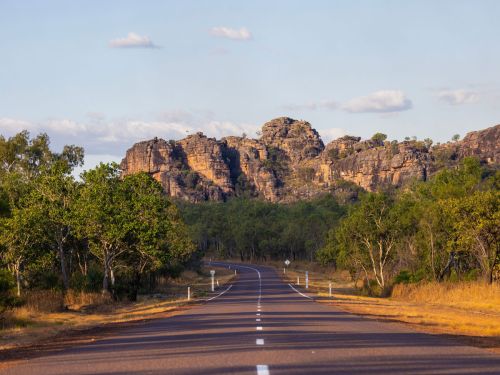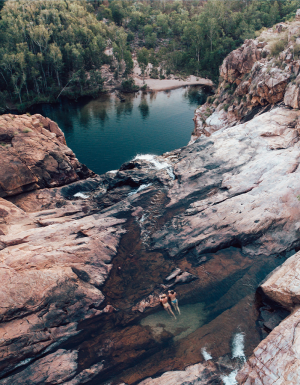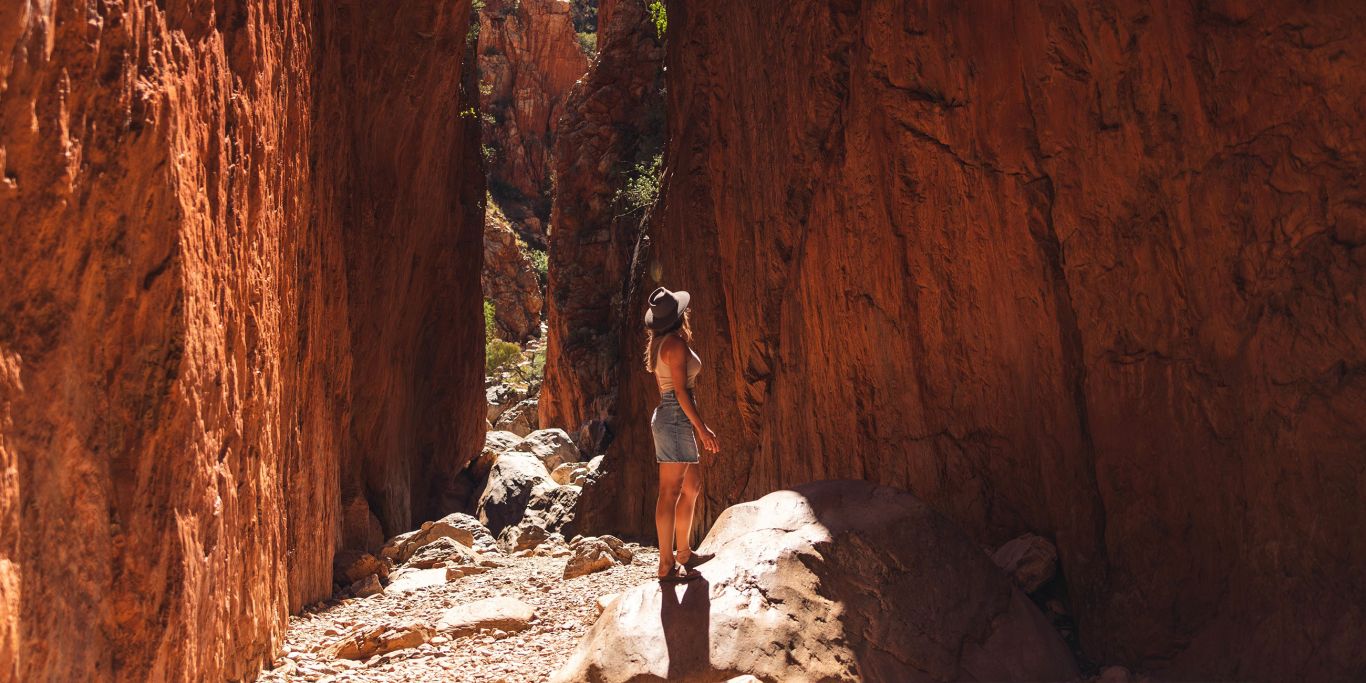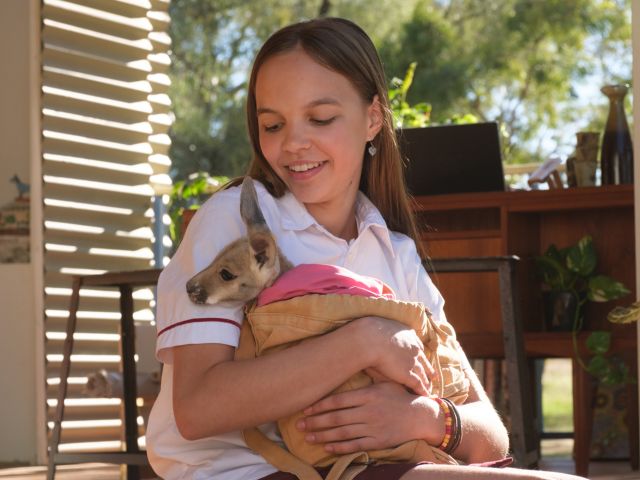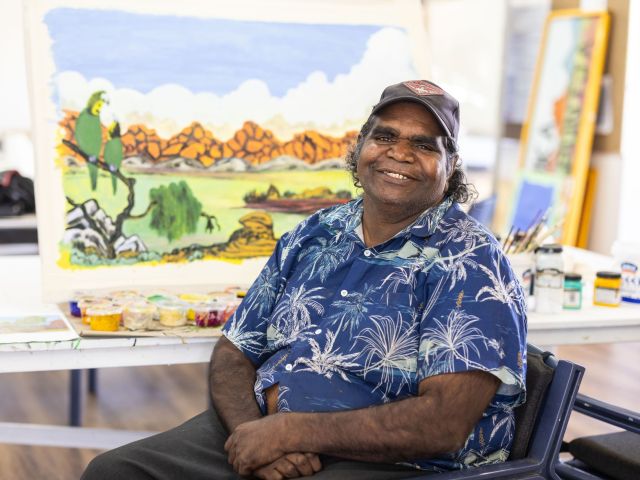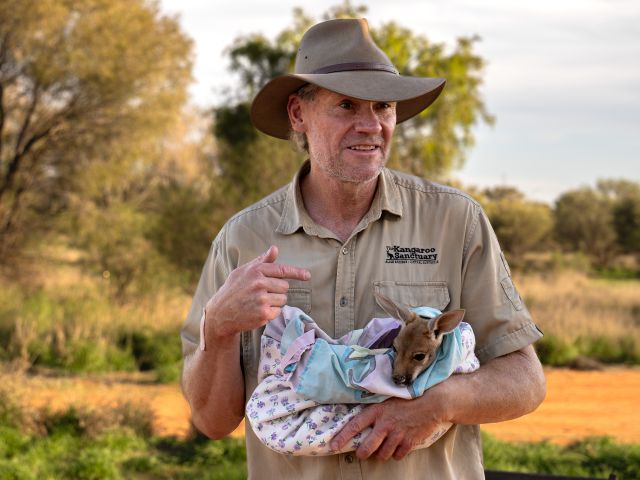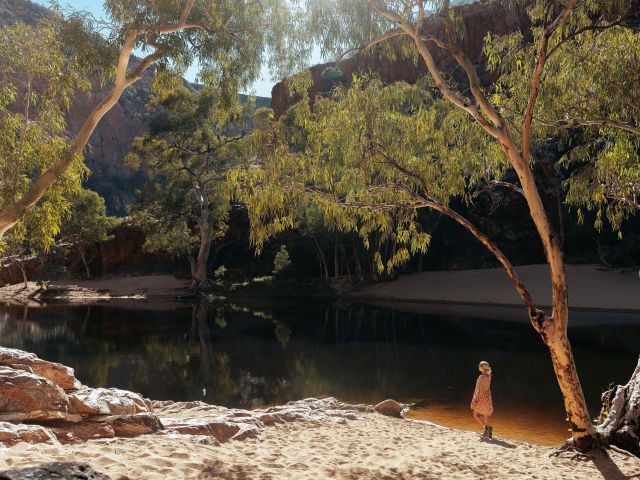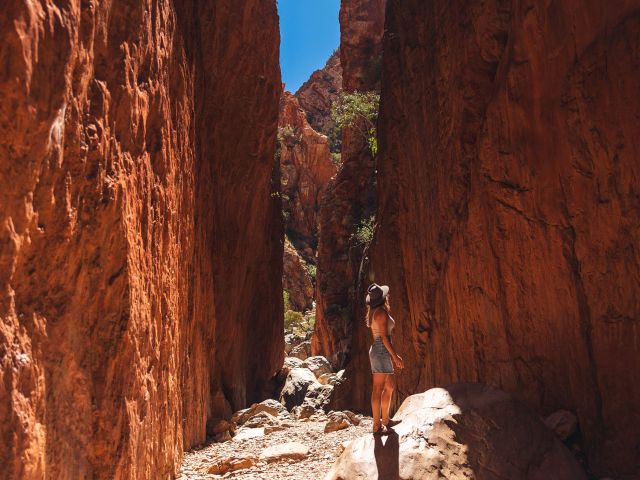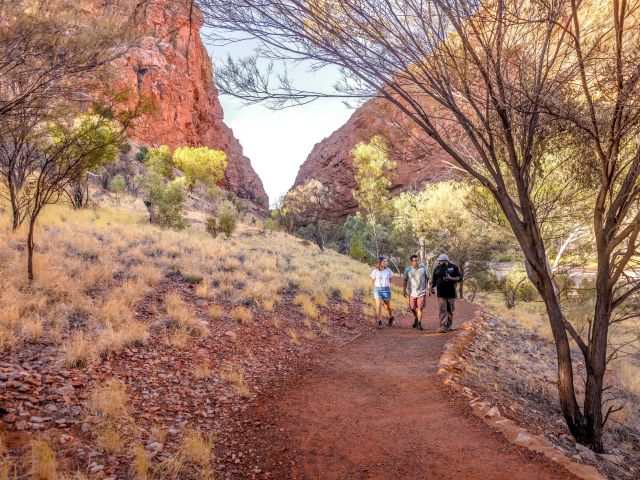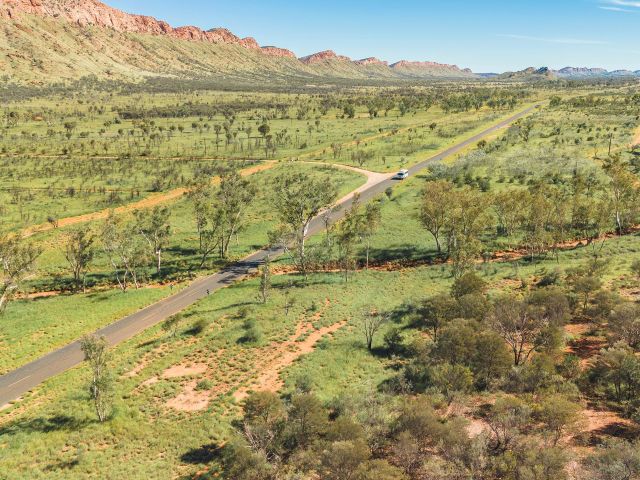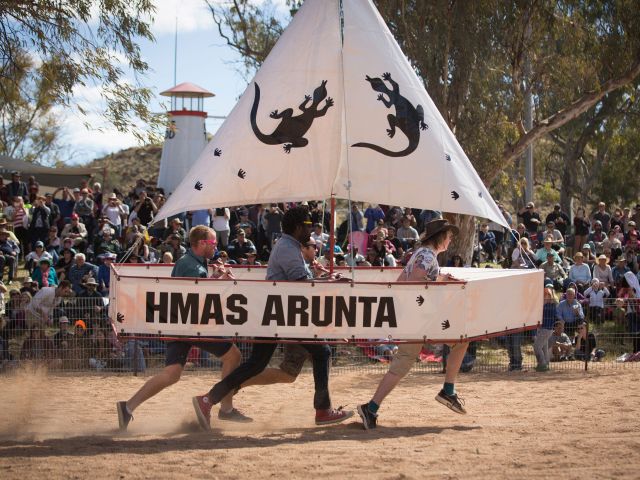There’s no shortage of great tours on offer, but to road trip Kakadu via a do-it-yourself driving adventure? That’s pretty hard to beat.
Getting to Kakadu is the easy part. From the south, it’s 150 kilometres from Katherine via the Stuart and Kakadu highways, but most people come from Darwin since that’s the closest airport. The drive will take you around an hour and a half, and the road into the park is sealed and open year-round, although you do need to keep an eye out for wandering cattle, buffalo and kangaroos.
Once you’re in the park a sealed all-weather road runs right through the centre of the wilderness, roughly forming a triangle from the two highways with the township of Jabiru at the apex. This triangle forms the classic Top End Road Trip.
Road trip Kakadu on sealed roads

All of the must-see road trip Kakadu attractions are accessible via sealed roads, meaning it’s easy to take a 2WD. However, in the wet season, be sure to check the Kakadu access report, as thunderstorms can cause flooding.
What can you see via sealed roads in Kakadu? The magnificent rock art galleries at Ubirr and Nourlangie, toward the Western edge of the park, are not to be missed. Visit Ubirr at sunset for the most incredible views.
Cahill’s Crossing, one of the best places in Kakadu National Park for spotting crocodiles, is on the way to Ubirr. It has a spacious car park and sealed roads. The recently expanded viewing platform is very safe and a hit with kids, too.
The tour hub of Cooinda and nearby wildlife-filled Yellow Water Billabong are easily accessible from Kakadu National Park’s main road. A cruise on the billabong is a highlight of a road trip in Kakadu.
The Yurkmikmik walks and Motor Car Falls are at the end of an unsealed road, however, this particular road is 2WD-friendly during the dry season.
All the popular accommodation options and most of the parks that cater for caravans are on sealed, 2WD-friendly roads.
Road trip Kakadu on unsealed roads

You don’t need a 4WD to see the best of Kakadu, although if you do have one, there are a few special spots where their high clearance comes in handy.
Even with a 4WD, be sure to check the Kakadu access report. Road closures are common and can even happen during the dry season, and no matter how experienced you are at 4WD techniques, stay away from closed roads as flooding can be deep and extensive.
The stunning Jim Jim Falls and Twin Falls are on many travellers’ Kakadu bucket lists, but they are quite challenging to access. At the end of a lengthy 50km unsealed 4WD track, expect deep corrugation, narrow single-lane areas and shallow water crossings, especially earlier in the dry season. Take your time (allow at least two hours) and be aware of drivers returning in the opposite direction.

The popular Sandy Billabong campground is at the end of a 12km 4WD-only track that starts at the Muirella camping area. If you have a 4WD, it’s a great spot to camp as the billabong is teeming with birdlife.
At the end of a 14km unsealed road is Maguk, an incredible waterfall and swimming spot in Kakadu National Park. This road is often very corrugated and care should be taken when driving. During the wet season, the road is closed.
Camping on a Kakadu road trip

There are more than 25 designated campgrounds in Kakadu, ranging from commercial caravan parks to remote bush camping sites with no facilities, as well as bush campgrounds with toilets and hot showers.
Hiring a campervan is a great option if you have flown to Darwin: most come with basic camping gear. However, it is worth checking your policy when renting a campervan or caravan in the Northern Territory, as many rental companies will have rules around off-road driving and even unsealed-road driving.
It is also imperative that you know the clearance of your vehicle and its capabilities. Do not take a 2WD campervan or caravan on 4WD tracks, as it is easy to get bogged or damage the vehicle. Some campgrounds in Kakadu are 4WD access only, but plenty will accommodate for your vehicle. If in doubt, visit the Bowali Visitors Centre for up-to-date information about road conditions to campsites.
Kakadu road trip tips
- Avoid driving after dusk and before dawn: your chances of colliding with an animal are very high, can lead to serious accidents, and most car hire insurance policies do not cover you for the damage.
- Check the fine print: Many hire car companies will not allow their cars on dirt roads – even SUVs. Most will not allow you to drive off-road.
- Download your maps: The visitor centres frequently run out of maps, so download one from parksaustralia.gov.au . The free ‘Visit Kakadu’ app (iTunes and Android) is also helpful, but the maps are easier to read on a tablet than on a phone. Also, download your phone maps for the area, as there is limited reception through Kakadu National Park.
- Be 4WD prepared: You’ll need a snorkel fitted to your vehicle if you drive on 4WD tracks in the wet season and on some roads during the dry season. Be sure to follow appropriate 4WD protocol, such as lowering your tyre pressure depending on the road condition.
- Always fill up with fuel: Fuel is available at Jabiru, Cooinda and Pine Creek, but these locations can be hours apart, so never drive past a fuel stop if you are below half a tank, unless you are sure you have enough to make it to the next fuel stop. Fuel in Kakadu National Park can be expensive, so it’s best to enter with a full tank. No fuel is available at Goymarr Roadhouse.
Kakadu road trips in the wet season

The wet season is a beautiful time to visit Kakadu National Park, and there are still plenty of must-do attractions that are accessible year-round. It’s important to keep an eye on the Kakadu access report and check daily for any road closures or hazards.
Can go: The Arnhem and Kakadu highways remain open, as do the roads to Nourlangie, Ubirr and Cooinda, although they may close after big storms. The road to the Yurmikmik walks is also often accessible, including Motor Car Falls.
Can’t go: The roads to Jim Jim and Twin Falls are closed. The best way to see these is on a scenic flight. Old Jim Jim Road, Maguk and Sandy Billabong are also out of action. Many minor unsealed roads are closed; those that remain open are 4WD-only, and some bush campgrounds are closed.
Check out our Kakadu FAQs for more.
Road trip Kakadu itineraries
Kakadu in three days
Day 1:
- Drive Darwin to Jabiru
- Head to Bowali Visitor Centre
- Visit Cahills Crossing to spot some crocodiles
- Enjoy the sunset at Ubirr
- Camp at Merl Campground (Luxe option: Crocodile Hotel, Jabiru )
Day 2:
- Take a two-hour Guluyambi Cultural Cruise up the East Alligator River
- See the amazing art at Nourlangie Rock
- Do a sunset cruise on Yellow Water Billabong
- Camp at Mardugal campground (Luxe option: Cooinda Lodge )
Day 3:
- Spend the morning luxuriating at Maguk
- Drive back to Darwin
Kakadu in five days
- Follow the three-day itinerary, stay an extra two nights at Mardugal Campground or Cooinda Lodge
Day 3:
- Visit Jim Jim Falls (4WD only)
- Camp at Sandy Billabong (take a chair and watch the birds descend at sunset)
Day 4:
- Luxuriate at Maguk (4WD only)
- Camp at Maguk Campground
Day 5:
- Enjoy one of the Yurmikmik walks
- Drive to Darwin
Kakadu in eight days
- Follow the five-day itinerary, plus:
- Stay an extra night at Jabiru and do the Bardedjilidji Walk along the Alligator River
- Stay an extra two nights at Mardugal Campground or Cooinda Lodge and walk out to Gubara Pools
- Add in a full-day 4WD tour , especially if you are travelling with a 2WD


